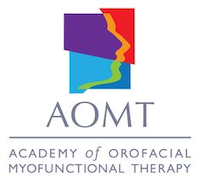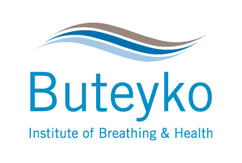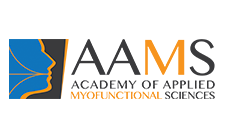Orofacial Myofunctional Disorder
Do you have an OMD?
An orofacial myofunctional disorder can hinder your ability to eat and swallow. It can affect your breathing or the way you sleep. OMT helps to correct oral rest posture.
Myofunctional Therapy Program
Goals of the Program
Our Program is appropriate for children, teens and adults. Program goals are individualized and are meant to create new healthy oral habits. The benefit of healthy habits can include nasal breathing, a proper swallow pattern, favorable resting tongue position and preserving orthodontic results from this program.
Positive Impact: With a Myofunctional Therapy program, a patient can regain the joy of eating, breathing, and even sleeping more soundly. Cosmetic improvements can help restore confidence and self-esteem. We believe that everyone deserves to be educated about myofuncitonal disorders and treated if they suffer from OMDs. We endeavor to increase awareness of Orofacial Myology amongst the medical, dental, and academic communities to support the acceptance and progress of this profession world-wide.
Buteyko Breathing
The way we breathe influences the function of our airway, blood circulation, and oxygen release to our body’s cells.
Breathing re-education helps to change disordered breathing patterns into healthy functional ones.
Conditions that interfere with breathing well include asthma, rhinitis, hay fever, snoring, sleep apnea, hormones, and anxiety.
Tracey Brizendine, COM®

Tracey Brizendine, COM®
Tracey Brizendine has been practicing Orofacial Myology since 2016. Her previous 30 year career as a dental hygienist and her passionate up-to-date studies in airway allow her a clear understanding of how total health includes a healthy orofacial complex. As a Certified Orofacial Myologist, offering Orofacial Myofunctional Therapy, her goal is to help families receive the benefits of health this therapy can offer. She has a network of experienced health care professionals with whom she works closely to help patients find the care they need.




